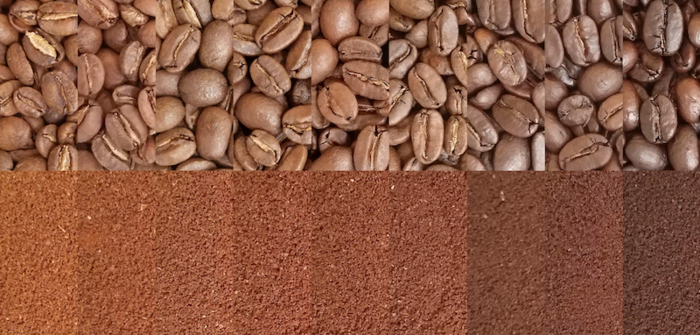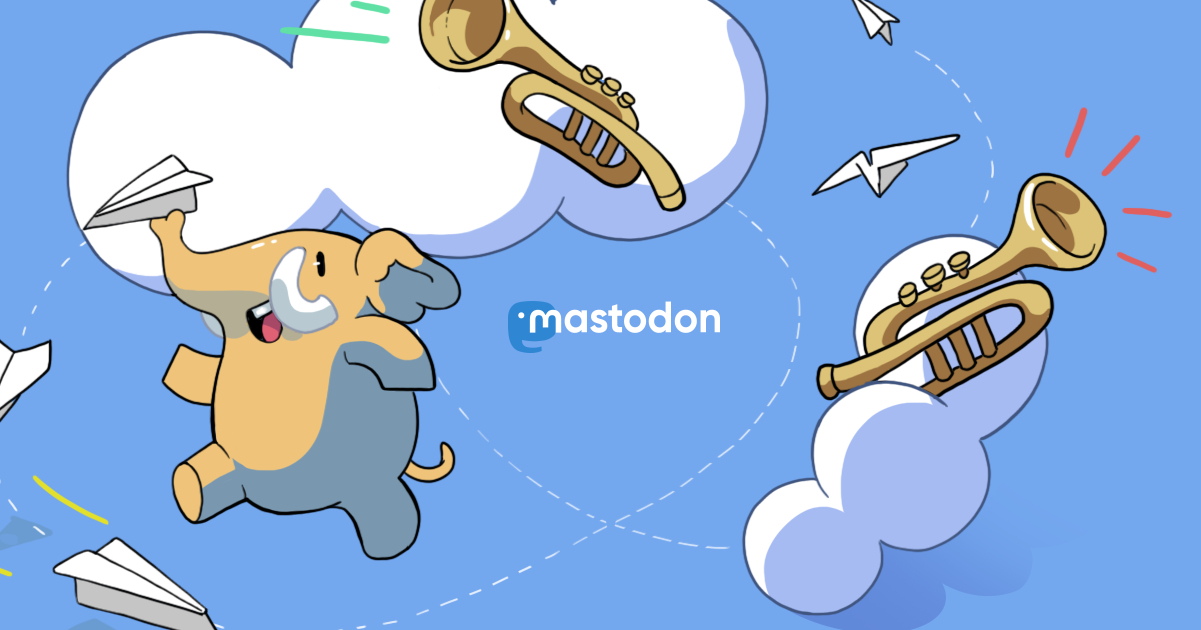
The dark roast uses a traditional S curve, often a good place to start for dark roasts as it hits the balance of producing flavors that only develop at darker roasts without completely destroying the pleasant flavors developed earlier in the roast. Especially as the coffee cools it's a medium-heavy bodied coffee with good sweetness and clove spice. A bit of smokiness on the first sip that diminishes as the coffee cools.
To use as an example in the book, I took the latest coffee from Sulawesi which so impressed me during the initial exploratory roast and developed roasting plans not only for the dark roast version that I intend to sell, but also a medium and light roast version so I could write about the process from those different perspectives with the same coffee.
Next release of Mastodon will allow admins to post important announcements to their users, and yes, those are reactions
Yesterday I did my production test batch of a French Roast made out of a new lot of coffee from Brazil. That turned out nicely so the next thing is verifying that all the blends that had the old French Roast as an ingredient still work with the new one or adjust the blend recipes so those continue to be delicious. No change needed to the espresso blend (40% French Roast, 30% Sulawesi, 20% Burundi, 10% Colombia).
- Software
- https://typica.us
- Send Money
- https://typica.us/payment.html
Author of Typica software for coffee roasters.
